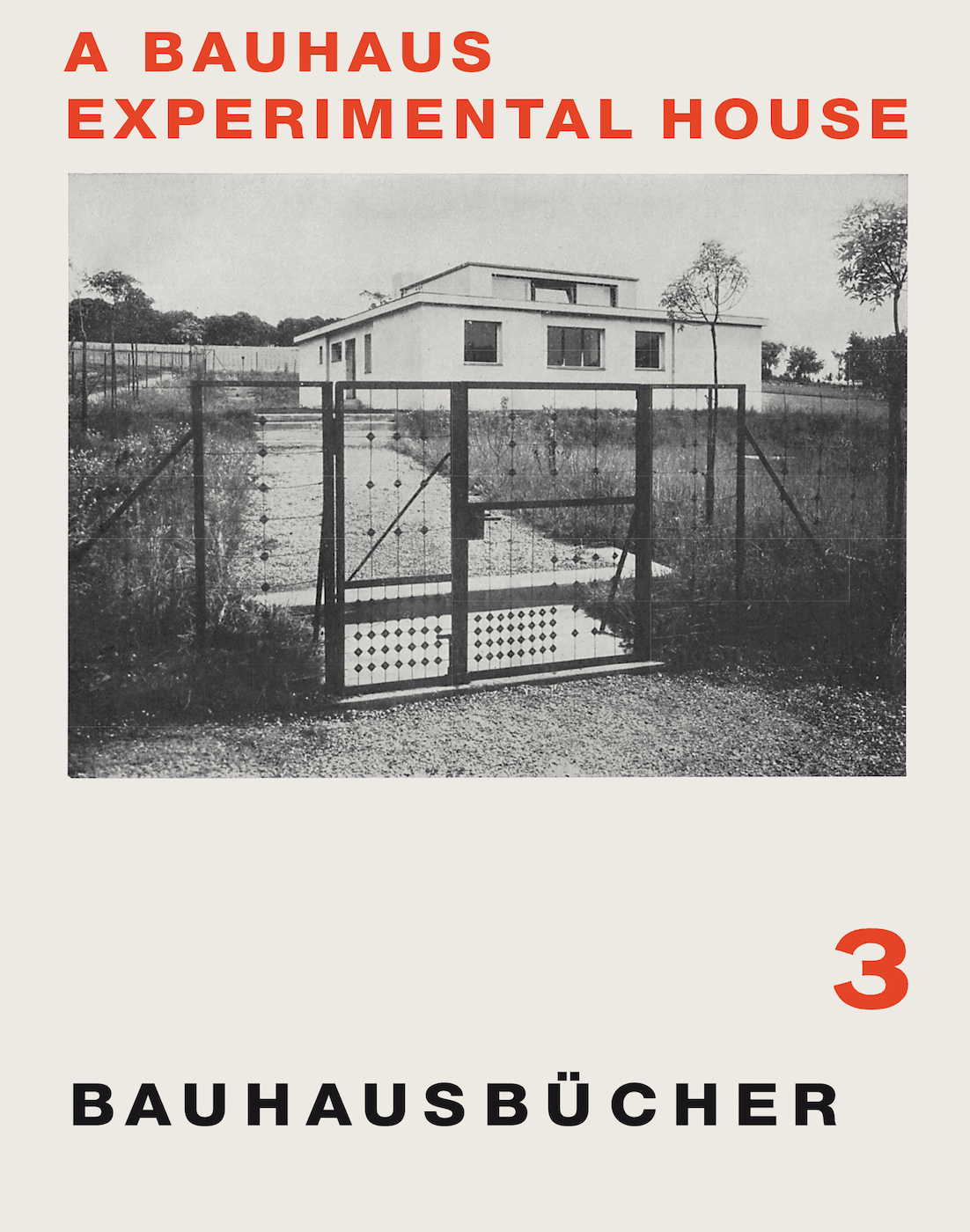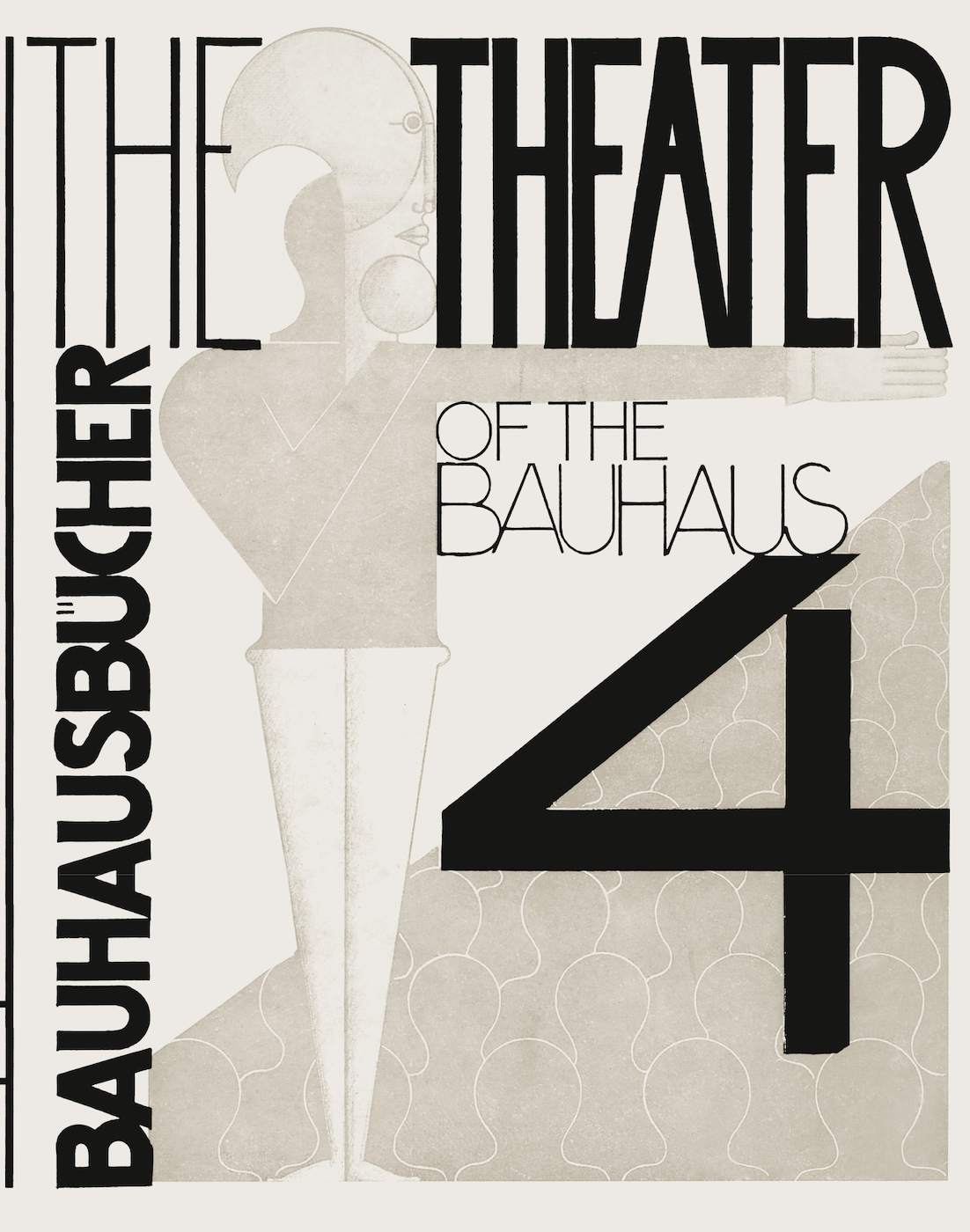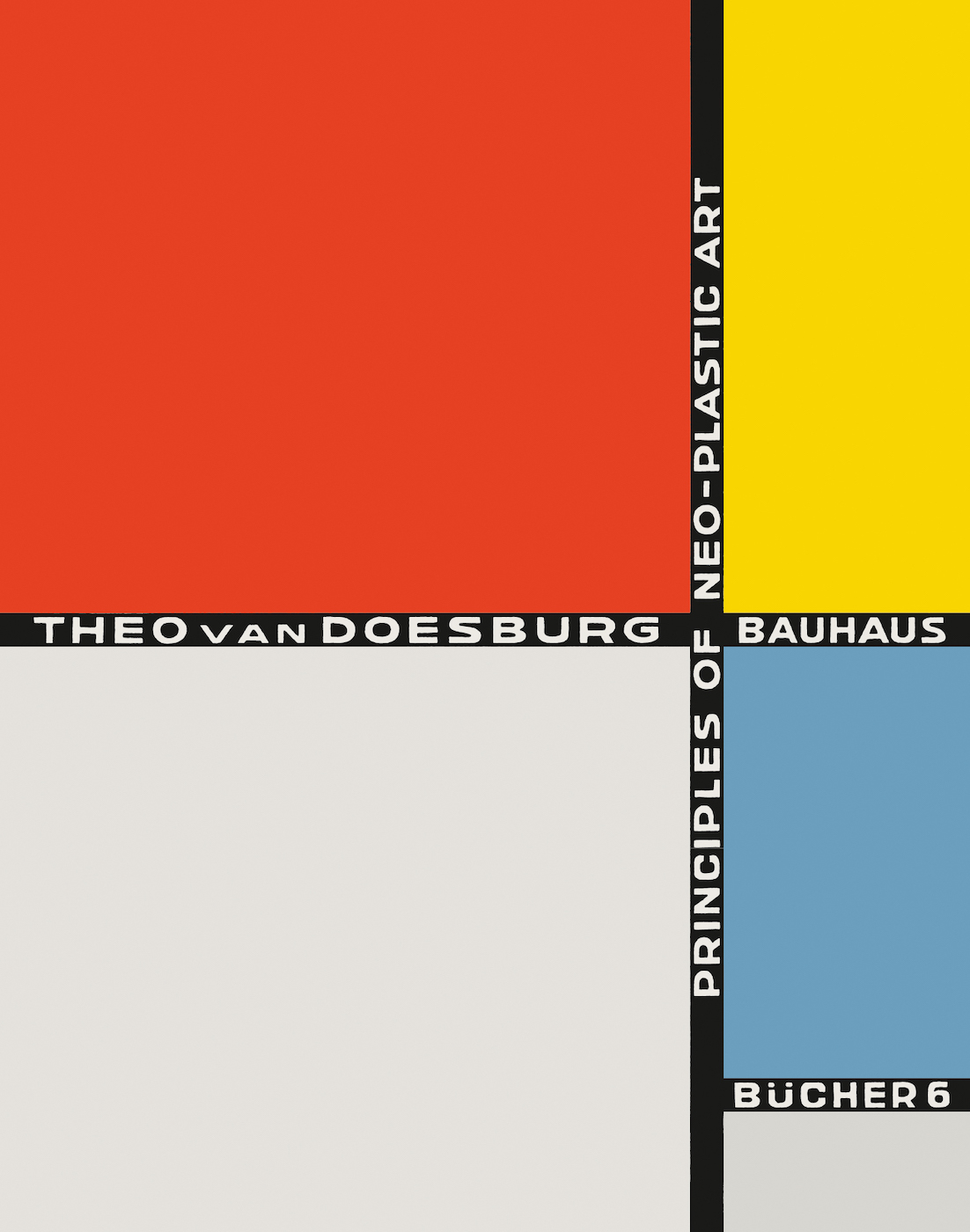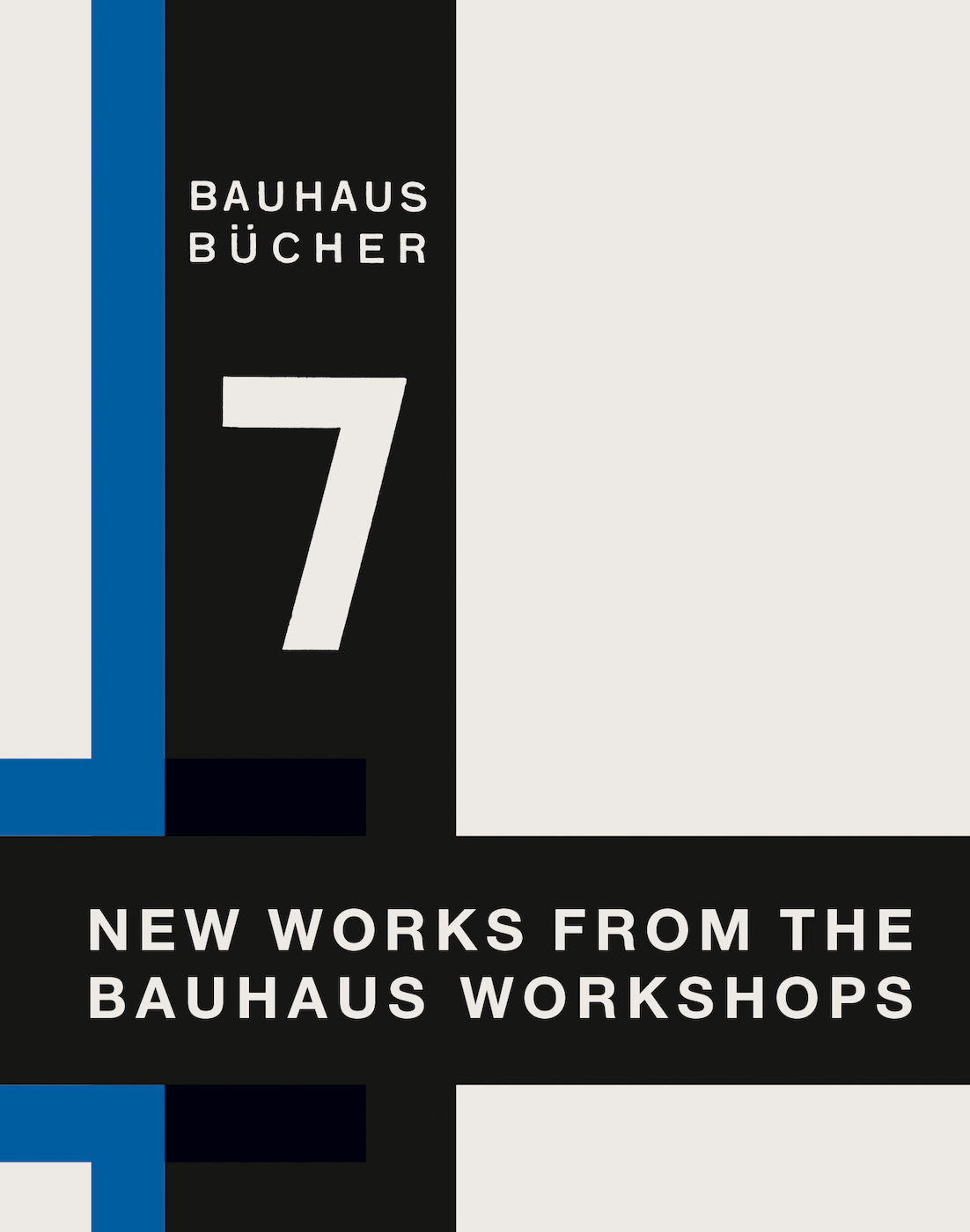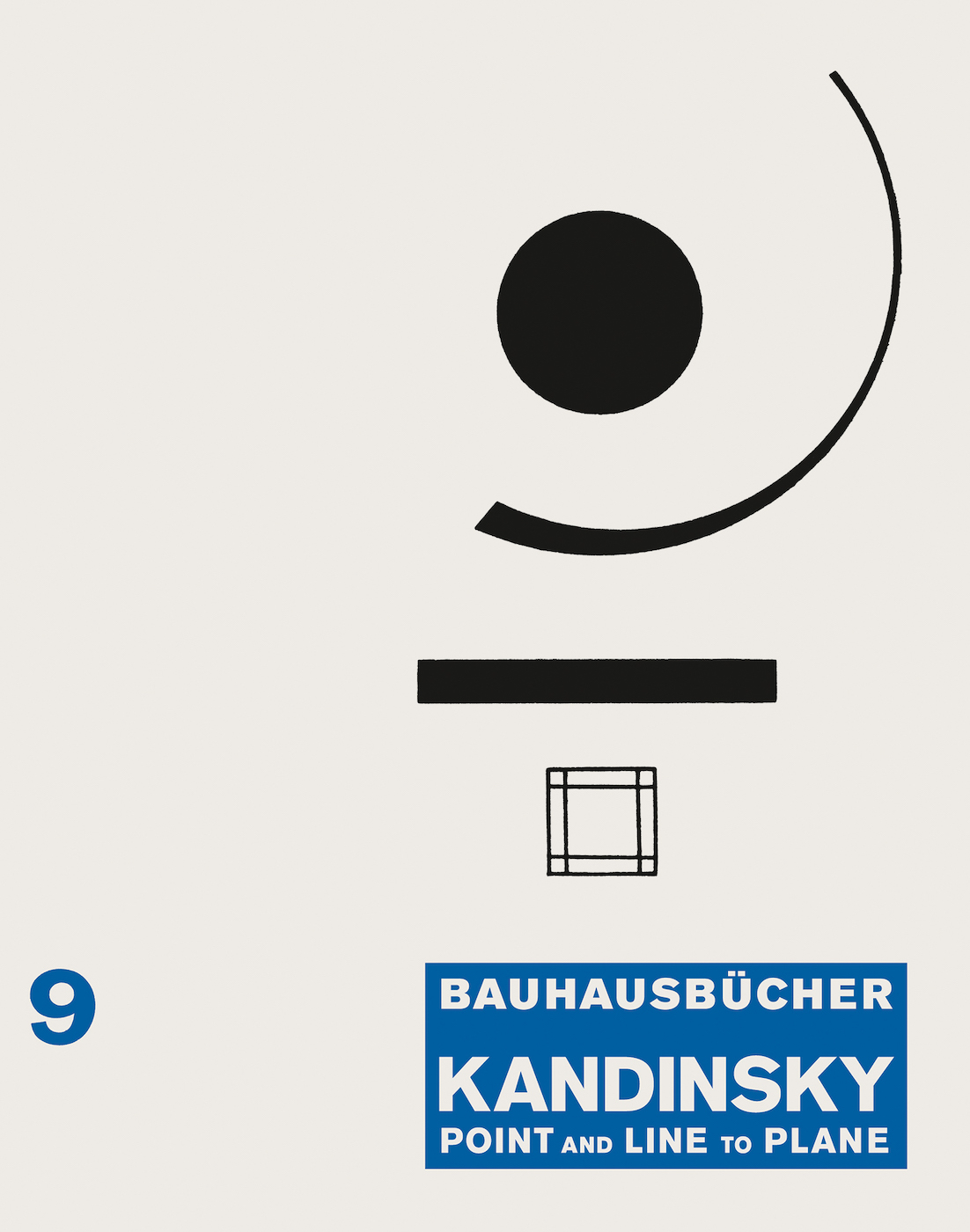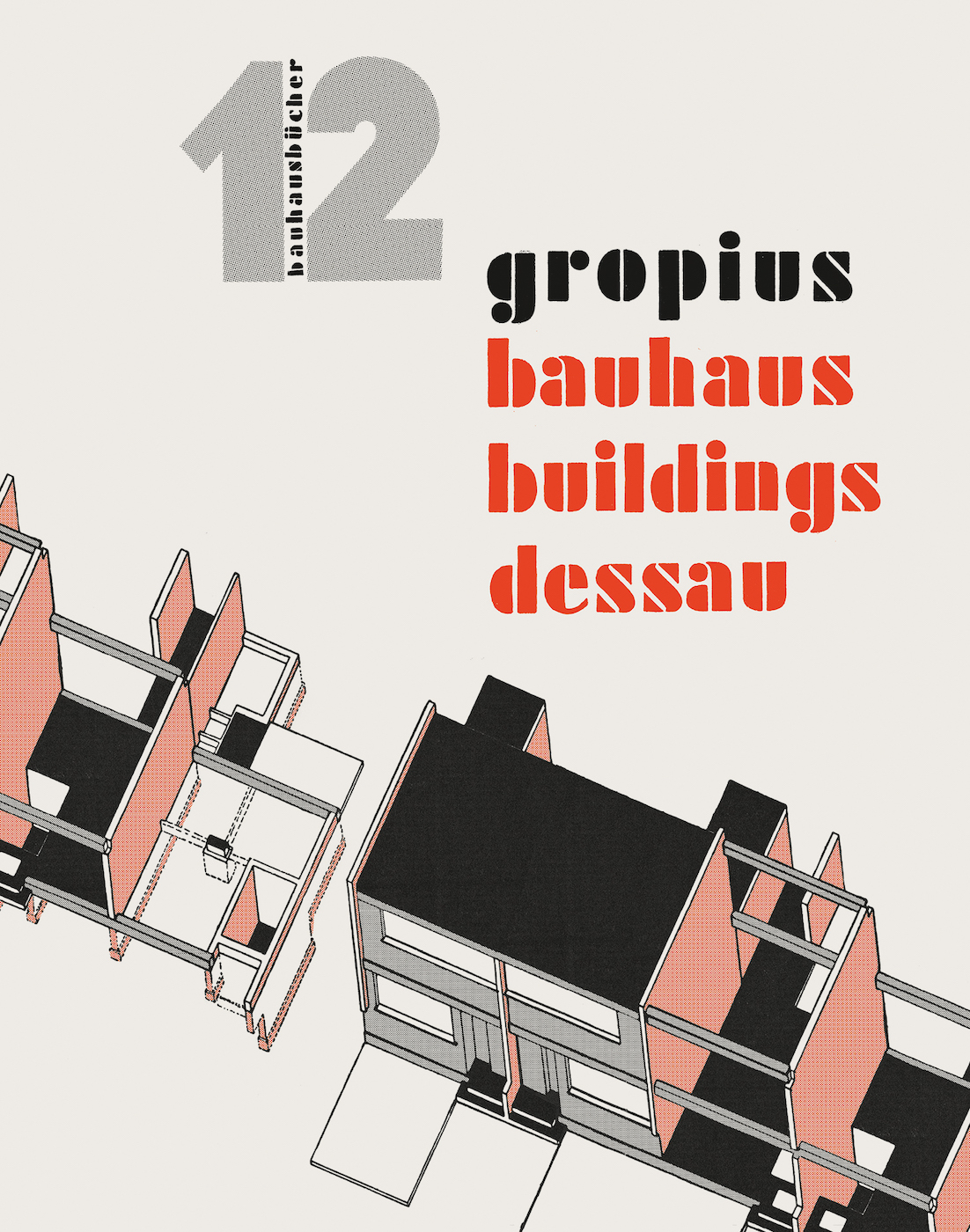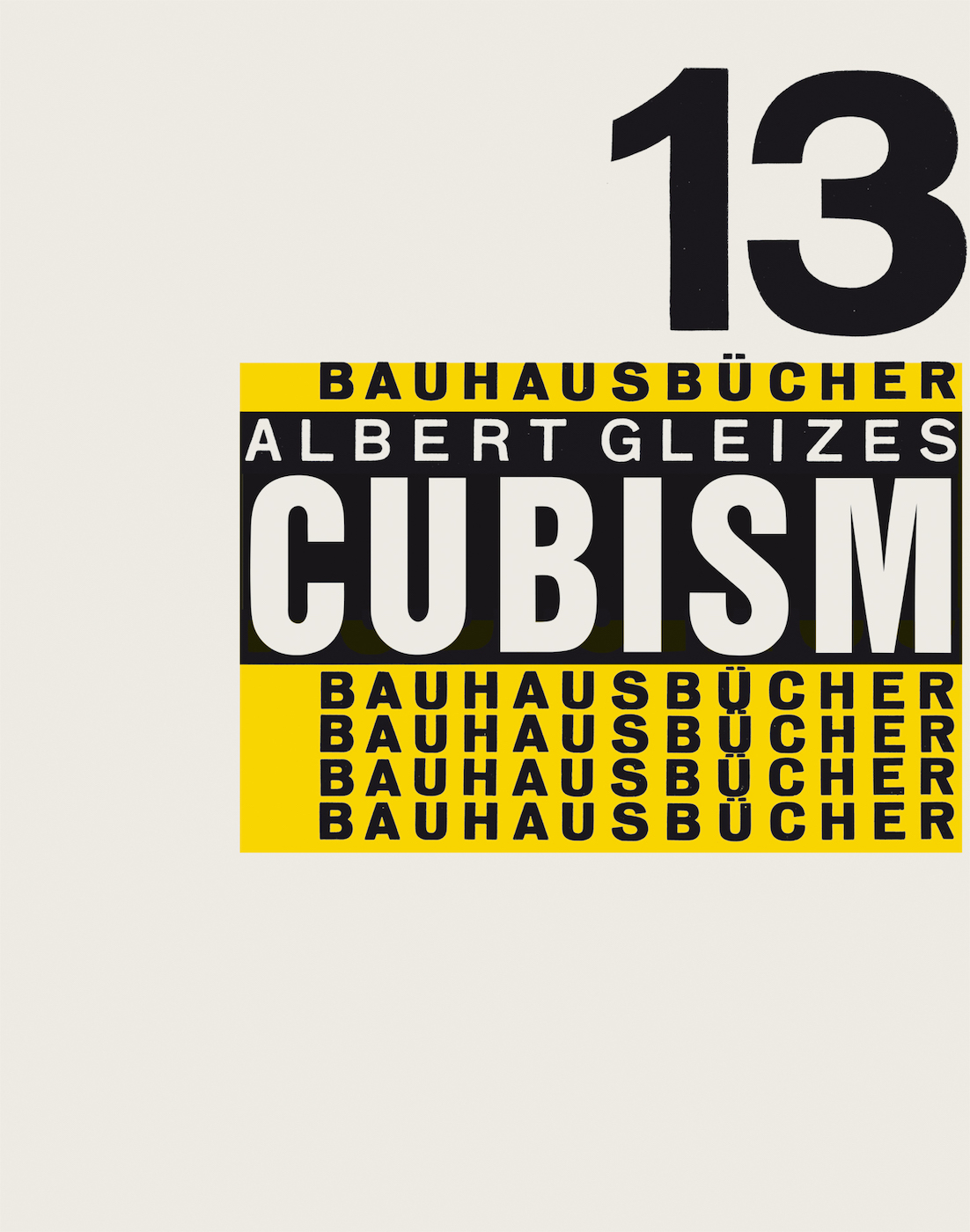Bauhaus Books
Series Extension by Lars Müller Publishers
Today is a perfect day to discover exciting publications in our Slanted Shop! Especially the nine new books from Lars Müller Publishers’ Bauhaus series are definitely worth a look.
No. 3—A Bauhaus Experimental House
Adolf Meyer was Walter Gropius’s right-hand man, his planner and close confidant. As early as 1910, they jointly created the Fagus Factory, one of the most important modernist buildings. The experimental single-family home Haus am Horn was built for the first Bauhaus exhibition, in the summer of 1923 in Weimar. The house was planned by Georg Muche (design) and the architectural department at the Bauhaus. Adolf Meyer and Walter March were responsible for construction management. The book about the project was compiled in the summer of 1924 and became the third volume of the Bauhausbücher. Following an essay by Walter Gropius that supplies information on the Housing Industry, Georg Muche presents the design of the model building. Adolf Meyer then describes its technical execution, giving details on the companies involved.
ISBN: 978-3-03778-584-3
Buy
No. 4—The Theater of the Bauhaus
Spatial dance, gestural dance, rod dance, Triadic Ballet: Oskar Schlemmer developed his costumed, masked dancer into an “art figure” synthesizing dance, masquerade, and music. The fourth volume of the Bauhausbücher presents the main characteristics of the Bauhaus concept of the stage. The Bauhaus stage is that of the Weimar period, essentially shaped by Oskar Schlemmer, who had taken over the stage department in 1923. László Moholy-Nagy, who was appointed to the Bauhaus the same year, took an interest in abstract kinetic and luminary phenomena which he examines in his essay Theatre, Circus, Variété. Farkas Molnár focused for his part on stage architecture, which he discusses in detail in this volume.
ISBN: 978-3-03778-584-3
Buy
No. 6—Principles of Neo-Plastic Art
Theo van Doesburg was a jack of all trades: painter, writer, architect, typographer, and art theorist. In this volume of the Bauhausbücher, he attempts to make elementary concepts in the visual arts generally comprehensible. He was addressing the “modern artist” of his day, who had to deal with both shifting social paradigms and a changing understanding of art and art theory. Van Doesburg describes theory as a necessary consequence of creative practice. Artists, he says, “do not write about art but from within art.”
ISBN: 978-3-03778-584-3
Buy
No. 7—New Works from the Bauhaus Workshops
The Bauhaus sought to unite life, craftsmanship, and art under one roof. In this volume, Walter Gropius provides a comprehensive overview of the Bauhaus workshops. He explains the basic principles guiding the teaching, describes contemporary developments in architecture, and illuminates the Bauhaus point of view on household utensils, which was geared toward finding the most suitable form for the respective object. Here, Gropius presents the Bauhaus workshops in Weimar devoted to furniture, metals, textiles, and ceramics, among other subjects.
ISBN: 978-3-03778-584-3
Buy
No. 9—Point and Line to Plane
Point and Line to Plane, volume 9 of the Bauhausbücher series, can be seen as a continuation of Wassily Kandinsky’s seminal treatise On the Spiritual in Art. Kandinsky’s thesis is that different constellations of point, line and surface have different emotional effects on the viewer. Starting from the point (which represents the most concentrated and minimal graphic form), he understands all painterly forms as being a play of forces and counterforces: of contrasts.
ISBN: 978-3-03778-584-3
Buy
No. 10—Dutch Architecture
“I am not an art historian but an architect: the future is more important to me than the past and I am more inclined to investigate what is to come than to research what had already occured.” Thus begins Oud’s “confession” in volume 10 of the Bauhausbücher series. His writing is a summary of theoretical and practical findings in the field of architecture, specifically using the example of Dutch architecture. He thus looks to the future and reflects on the potential of architecture without forgetting to reveal his relationship with the past.
ISBN: 978-3-03778-584-3
Buy
No. 11—The Non-objective World
Kasimir Malevich’s treatise on Suprematism was included in the Bauhausbücher series in 1927, as was Piet Mondrian’s reflections on Russian Constructivism in 1925 (New Design, Bauhausbücher 5). Like Mondrian, who was never an official member of the Bauhaus, Malevich nevertheless has a close connection to the ideas of the school in terms of content. This volume, the eleventh, remains the only book publication in Germany to be produced during the life of the Russian avant-garde artist, and it laid the foundation for his late work: to wrest the mask of life from the true face of art.
ISBN: 978-3-03778-584-3
Buy
No. 12—Bauhaus Buildings Dessau
In his third and last contribution within the Bauhausbücher series, the founder and long-standing director of the Bauhaus, Walter Gropius, gives a comprehensive overview of the Bauhaus in Dessau. In addition to a brief outline of the origins and development of the school, Gropius presents the architectural design of the new Bauhaus building and the associated Masters’ Houses with the help of photographic documentary evidence and planning sketches. In the book, he traces the technical planning development with extreme precision and provides an insight into the design practice of the “Bauhäusler.”
ISBN: 978-3-03778-584-3
Buy
No. 13—Cubism
The French painter and writer Albert Gleizes is considered an important representative of Cubism and described himself as the founder of this art movement. Although he was never an official member of the Bauhaus, Gleizes nevertheless dedicated his influential essay on Cubism to the art school. In 1928, the editors László Moholy-Nagy and Walter Gropius included this essay as volume 13 in the Bauhaus book series. In addition to his own works, Albert Gleizes also shows artworks by Georges Braque, Robert Delaunay, Fernand Léger, and Pablo Picasso as reference examples and places the Bauhaus and its book series in an international context that impressively captures the interaction of the numerous art movements of the time.
ISBN: 978-3-03778-584-3
Buy
